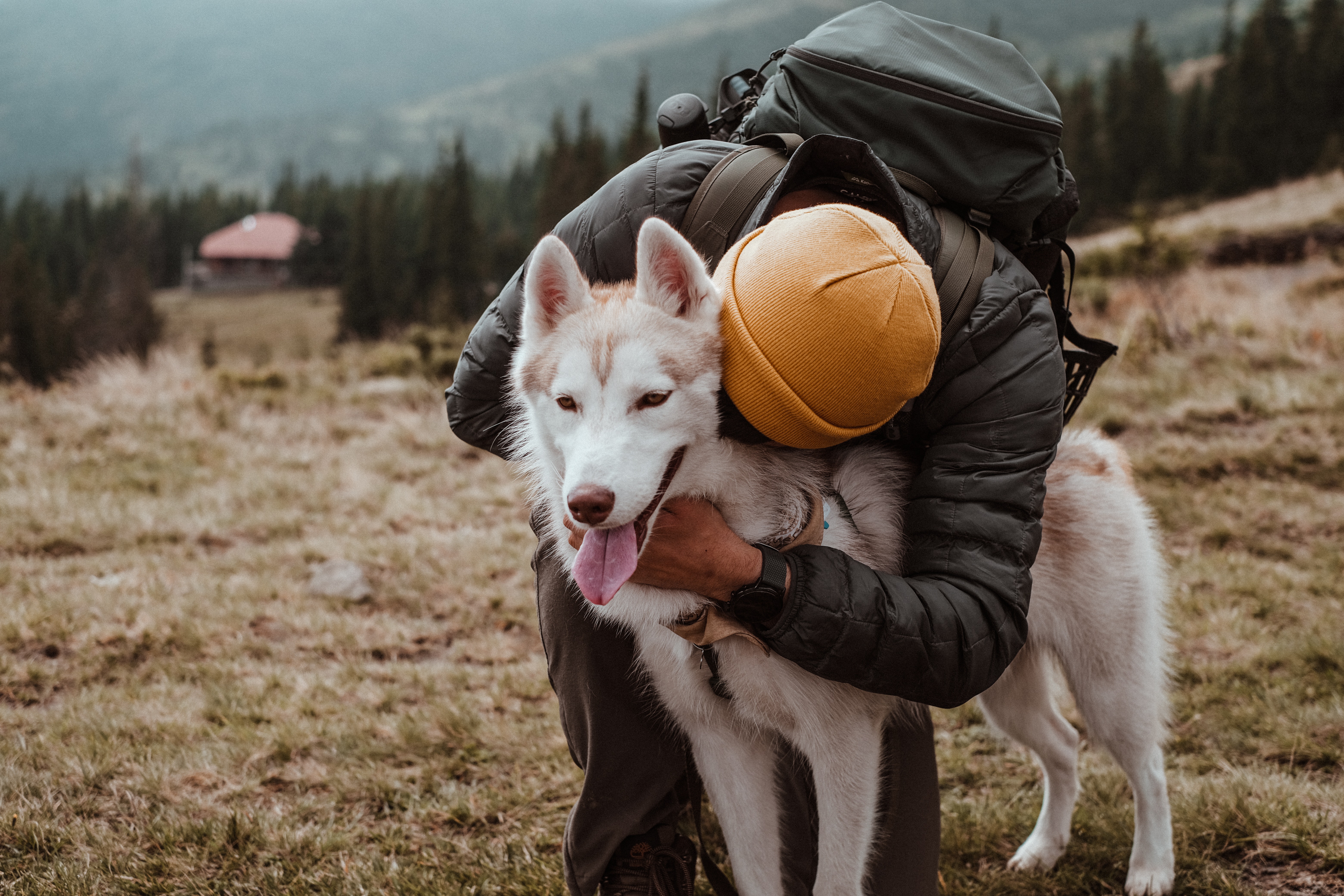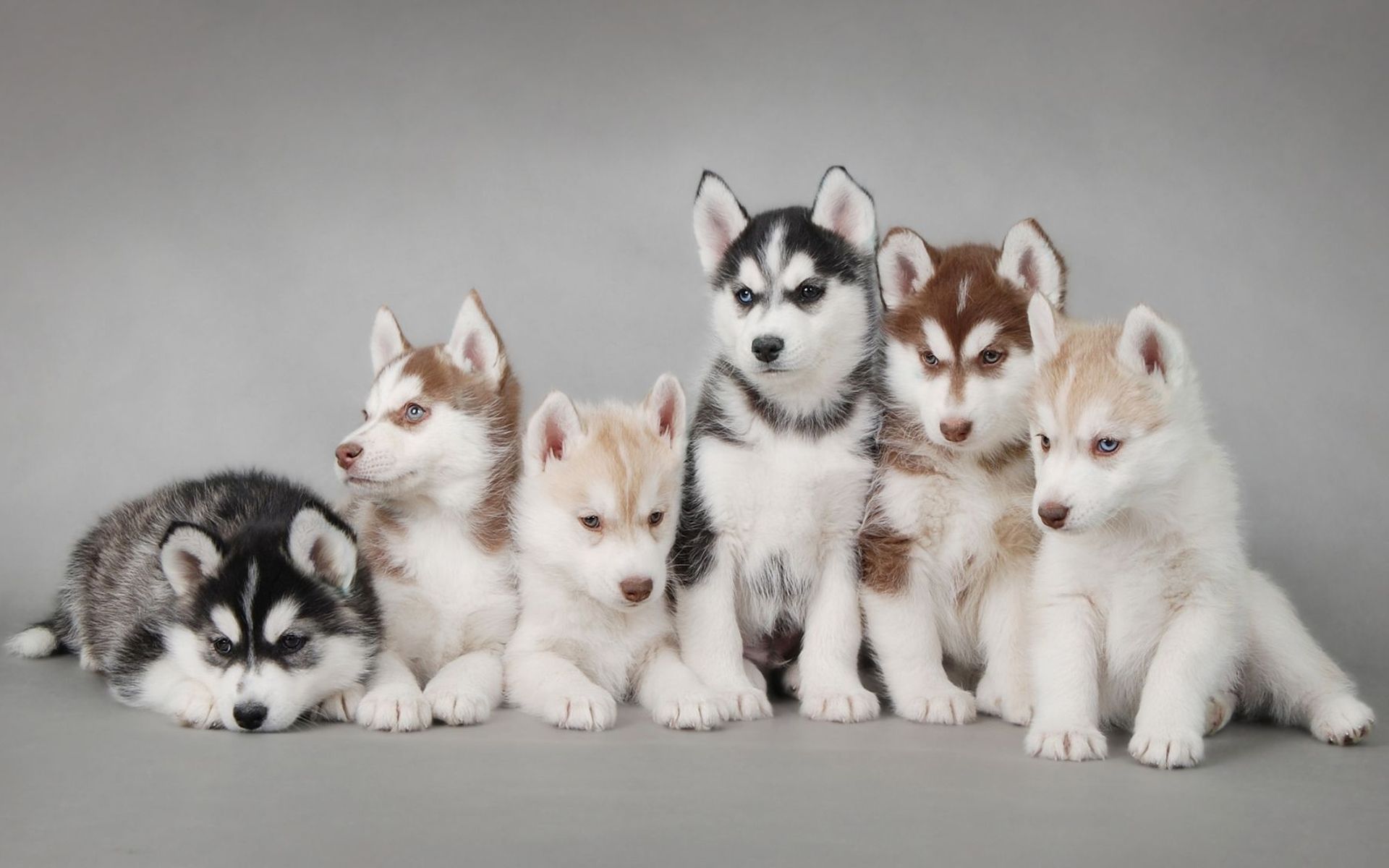Through the ages, people have claimed dogs as one of their
closest, and best, companions. Of all the domesticated animals,
dogs serve the widest array of roles: protector, helper,
lifesaver, and companion. Dogs are incredible friends to people,
and they’ve been companions through centuries. The relationship
between dogs and people is deep and old. Dogs and people began
living together 15,000 years ago when dogs followed people’s
migration throughout East Asia. The connection was natural because
both people and dogs are social beings. Neither can thrive when
alone, and both benefit mentally (and often physically) from
strong social bonds.
Though domestic dogs share 99% of their DNA with wolves, dogs
exude warmth to other dogs and humans that contrasts greatly with
a wolf’s skeptical and defensive reaction to others. Dogs are
social pack animals who thrive off of attention and affection,
making them a prime candidate for a person’s best friend.Since
dogs have been domesticated to a point where they need us to
survive, and we tend to find that we need them almost as much,
people and dogs developed a symbiotic relationship. Most dog
owners will tell you that their dog is a family member. And having
a faithful dog at home gives us a listening ear, a warm paw to
hold, and even strong legs to run beside.




